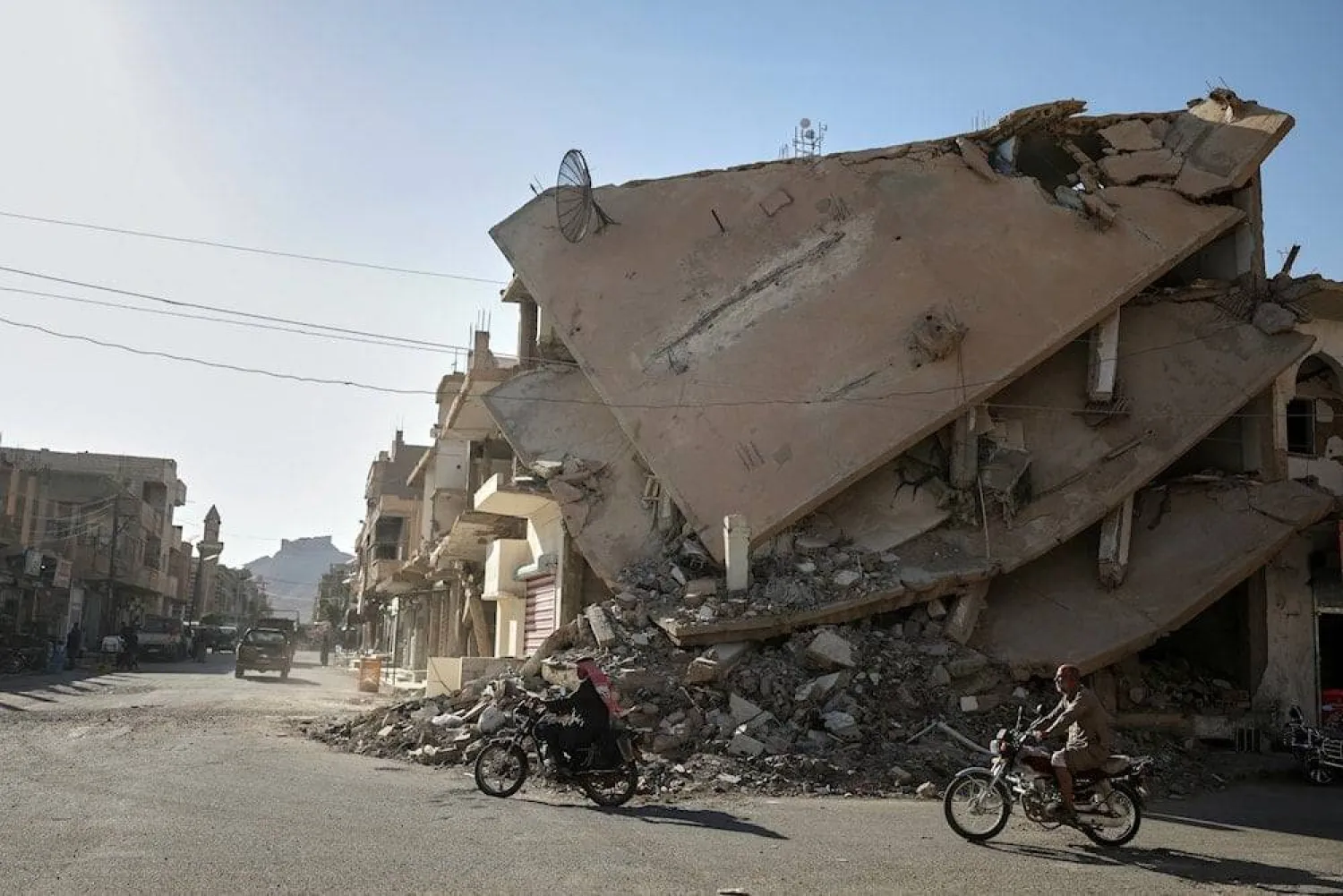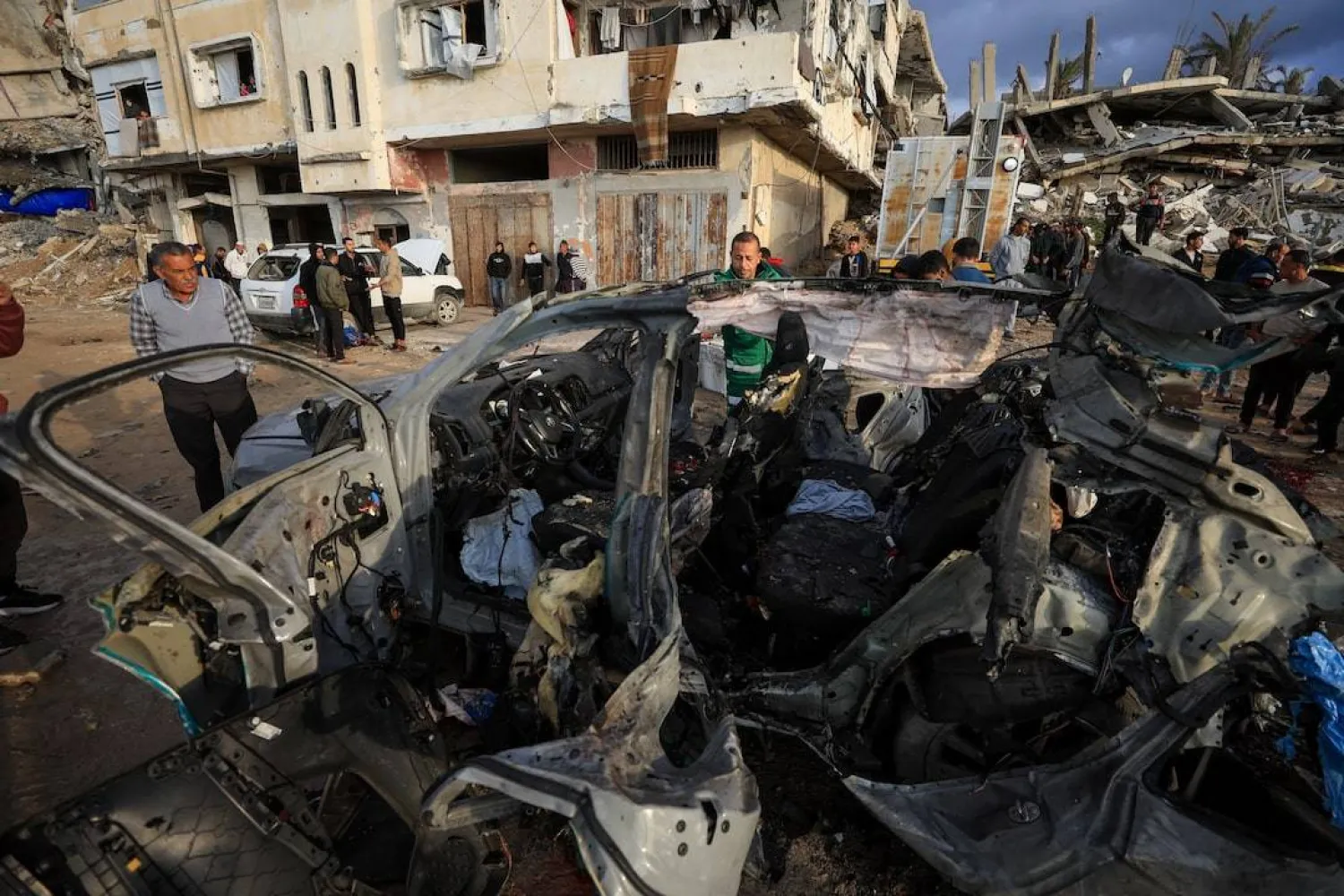Few minutes are enough for student Ahmad Meyssar to cross the bridge over Tigris river in Mosul to reach his university, however, it takes him now over two hours to cover the distance after the bridge had been destroyed following the nine-month operation to retake the city from ISIS.
Iraq's second-largest city Nineveh, "90 percent" of the 70 bridges have been totally or partially destroyed, Marwan Abderrazaq from the local roads department told Agence-France Presse.
Some of Mosul's bridges were blown up by ISIS, while the others were destroyed by government forces and the firepower of a US-led coalition backing them up. A large number of the city's infrastructure, especially on the western side, has been fully destroyed following the liberation operations after ISIS controlled the city in June 2014.
Five months had passed since Mosul had been liberated, millions of residents in Mosul are still suffering following the disappearance of the bridges they used to rely on.
However now, thanks to support from the World Bank and United Nations, two temporary bridges have gone up in Mosul and three more are under construction.
Abderrazaq stated that a German team arrived in the governorate to assess the damages and set the plans to reconstruct Nineveh's seven bridges. Because of this team, student Meyssar now has a road to his university. But the limited options still mean that he still face major delays.
Meyssar stated that "to be sure of being on time for the start of lessons at university at eight in the morning," he needs to leave his home "at around 5:30 or six."
Hundreds of cars lined up as they queued to reach the other side on a recent morning, forming a traffic jam that stretched for several kilometers.
Fathiya Sobhi, 44, mother of two, stated that she carries one of her children on her shoulders to reach the other side of the river which takes her half an hour. She is making the crossing by foot as she "cannot afford the taxi fare" across.
The jams and delays crossing the river have forced taxi driver Yahya Ahmed, 37, to change the way he works. He has decided that from now on he is going to stick to the eastern side of the river where he lives and will no longer take passengers to the other bank.
Ahmed, father of six, stated that before citizens used to cross from one side to the other without thinking about it.
"But now it takes two-and-a-half hours so I just work on one side," added Ahmed.
Engineer Hussein Nabil, 40, who works in rebuilding the iron bridge, known as the "Old Bridge", says the restoration operations will take up to six months.
Nabil says the metallic structure, which ran across the center of Mosul since it was built in 1934, will be accessible to cars as of August meaning that it requires over a year after Baghdad announced Mosul's "liberation".









